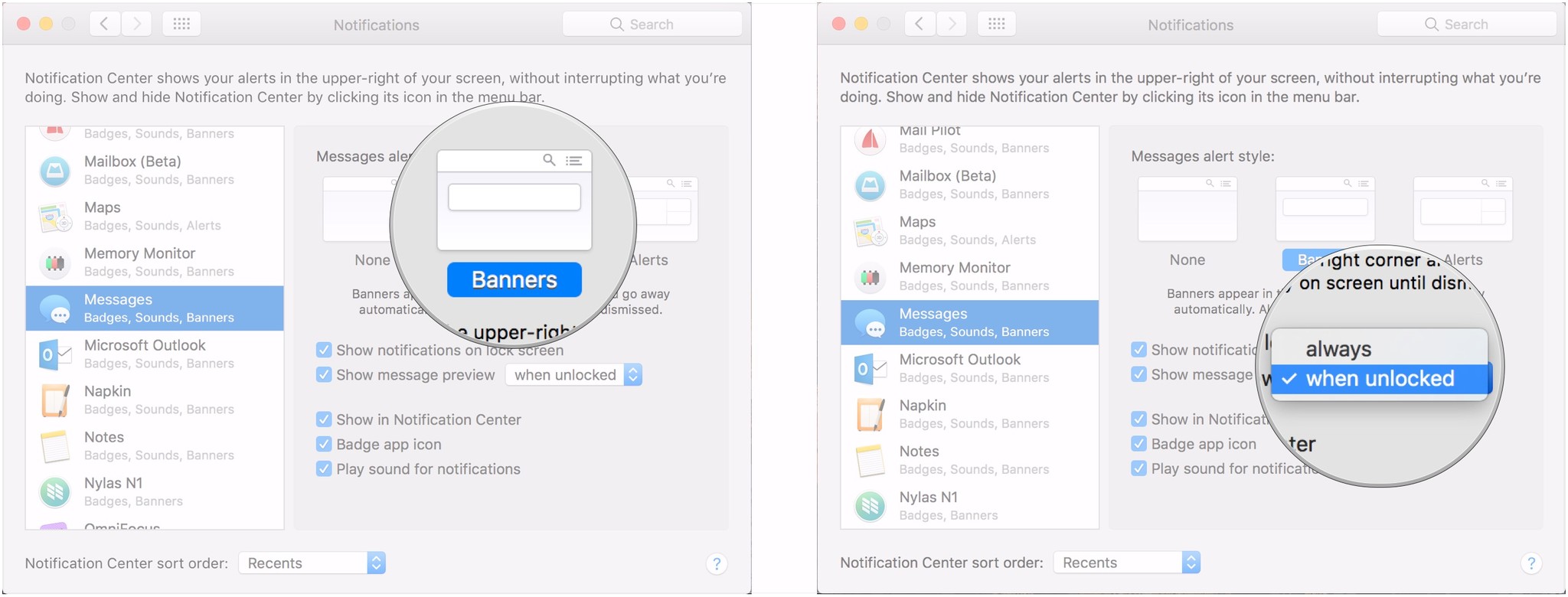

By pressing the switch, you can easily change one or another system setting.īy default, you can hide desktop icons, control the dark theme and night mode, turn off the sound, prevent sleep, turn off the screensaver and Bluetooth, set the auto-hide of the dock and menu bar, show hidden files and turn on the radio. Although your computer’s sound settings aren’t often visited, optimizing this is key to enjoying the best possible experience with your Mac. We’ve also shown you how you can screen record on your Mac with sound.
#CHANGE MAC SOUND SETTINGS HOW TO#
Now you know how to change both your inputs and outputs on your computer. The list will contain all the USB speakers, AirPlay devices, and the computer’s internal speakers. You will be given a list of output devices for sound select your preferred device. Select System Preferences and click on Sound, and then click on Output. Immediately after installing the application, clicking on its icon opens a pop-up menu with a set of quick actions. Changing Your Mac Sound Settings Is Simple. Go to your Mac and choose the Apple menu icon. Alerts on Mac: Your Apple Mac computer make noises to alert you about messages coming, when errors occur, when you empty the Trash, copy files and do on.


Keep all the applications and the firmware of your Mac up to date with anti-virus installed to protect your system. Avoid restarting your Mac abruptly as it can affect its PRAM that can cause issues like MacBook Air no sound.
#CHANGE MAC SOUND SETTINGS SERIES#
Indeed, often to change some simple parameter you have to go through a whole series of windows and buttons.įortunately, there are utilities like OnlySwitch that add the ability to control system settings right from the tray. Don't give access to any unreliable application to make changes in your Mac's sound settings. Every time I want to change some system parameter, I am overcome by laziness on a universal scale.


 0 kommentar(er)
0 kommentar(er)
